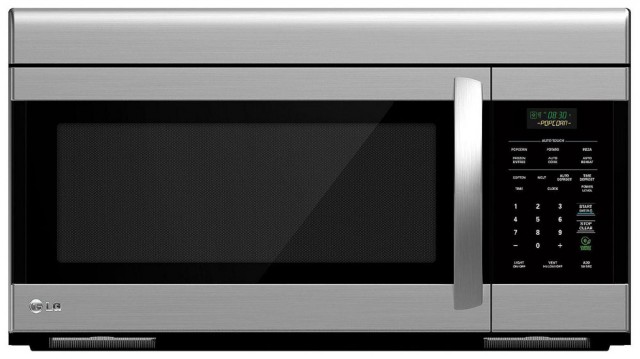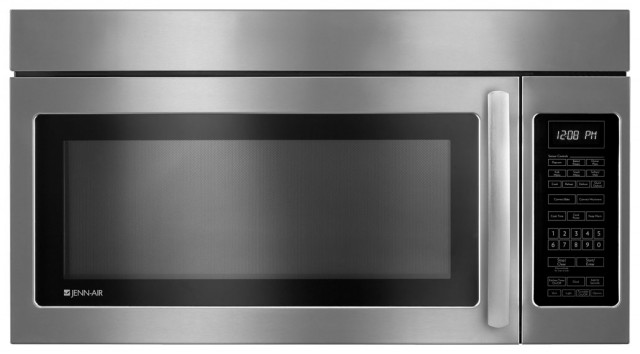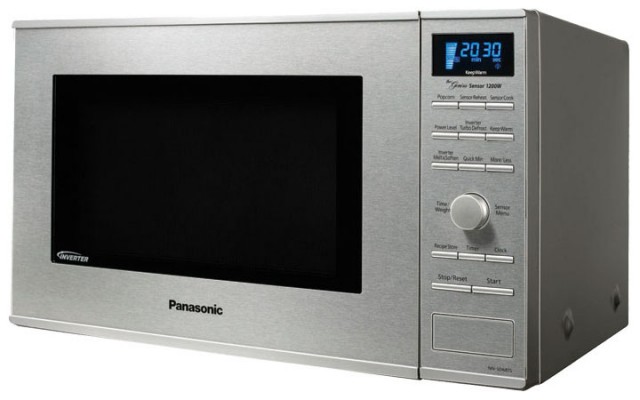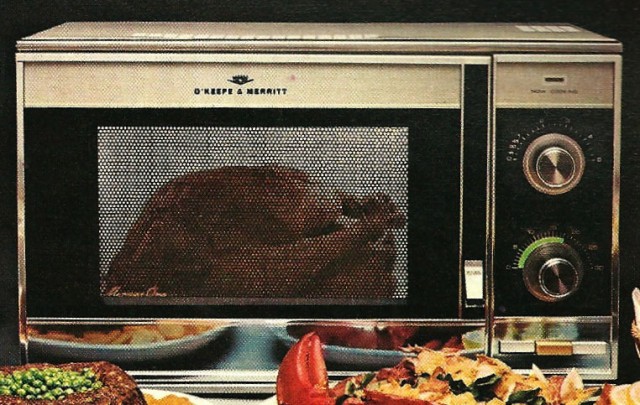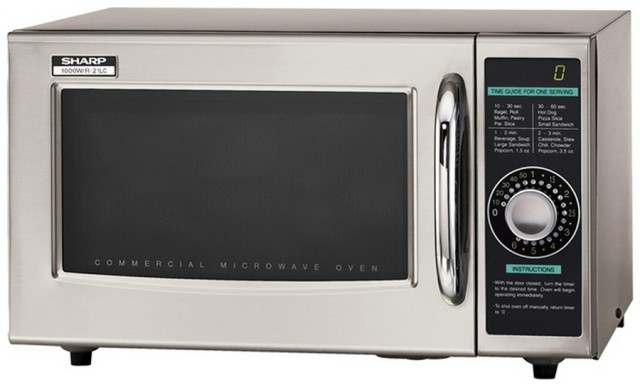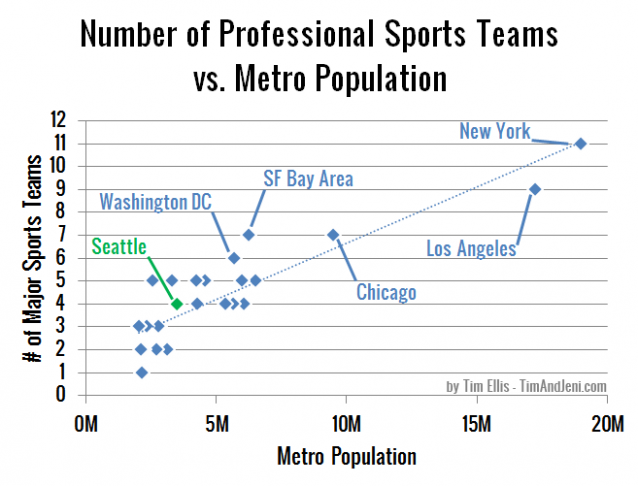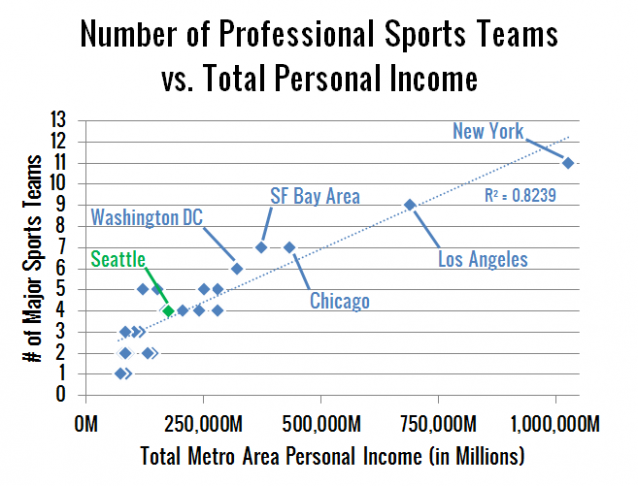The Need
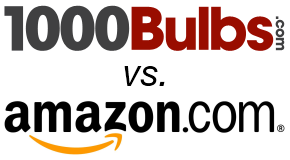 After 3,723 hours of service, the lamp in my projector literally exploded one Friday night (01/25) a few weeks ago in the middle of 30 Rock (okay, technically I think it actually imploded). With just over a week left before my annual Groundhog Day party (02/02), I needed to order a new lamp right away, so I got online immediately and began the hunt.
After 3,723 hours of service, the lamp in my projector literally exploded one Friday night (01/25) a few weeks ago in the middle of 30 Rock (okay, technically I think it actually imploded). With just over a week left before my annual Groundhog Day party (02/02), I needed to order a new lamp right away, so I got online immediately and began the hunt.
The 1000Bulbs Experience
Fortunately (or so I thought) I found a great deal on a replacement lamp at a site called 1000Bulbs—just $115 shipped. I placed the order before going to bed, assuming it would be sent to me from their warehouse first thing Monday morning and delivered well before the following Saturday via standard ground shipping.
Monday came… and went. By early Tuesday afternoon (01/29) I still had not received a shipping notification from 1000Bulbs. With just four days until my party I was getting nervous, so I emailed them to ask when my lamp would be shipping. Here’s their response, in part:
Unfortunately the product you ordered is currently out of stock. Occasionally our vendors experience product demand that conflicts with our goal of providing our customers with speedy delivery and we apologize for this inconvenience. It is estimated to ship from the factory on or before February 3, 2013.
Well that obviously wouldn’t work, since I needed it for Groundhog Day. This revelation was especially annoying to me, since the product page for the lamp I ordered did not indicate anywhere on it that the item was out of stock.
The Amazon Experience
So I headed to Amazon to see if they had the right lamp. Luckily I was able to find the right lamp for my projector, and although it was from a third-party seller, it was “fulfilled by Amazon,” so I was confident that it was actually in stock. I paid the extra $10 for 2-day shipping and called it good.
By the end of the day Tuesday my Amazon orders page still said “shipping soon.” Wednesday afternoon it still said “shipping soon.” Okay now I was starting to get worried. But then Wednesday evening (01/30) it said “shipped.” Not only that, but when I checked the FedEx tracking number, I discovered that they had shipped it “FedEx Standard Overnight” even though I only paid for 2-day shipping.
Sure enough, the new lamp arrived Thursday (01/31). When I got home from work and put it in the projector, it worked like a champ. It cost me a little more to get a new lamp than I originally thought it would, but it was worth it since Amazon came through with even better service than they promised.
The Continuing 1000Bulbs Experience
Back to 1000Bulbs… Since their lamp was so cheap, I decided to leave the order open, figuring that I would use the second lamp as a backup for next time. But, the same day FedEx delivered the lamp I had ordered on Amazon (01/31), I got another email from 1000Bulbs:
Unfortunately the product you ordered is currently out of stock… It is estimated to ship from the factory on or before February 12, 2013.
What?!? Okay fine, whatever. I don’t need it right away anyway.
Guess what email 1000Bulbs sent me on the following Wednesday (02/06).
Unfortunately the product you ordered is currently out of stock… It is estimated to ship from the factory on or before February 18, 2013.
Okay seriously. Forget it. I responded to the email, asking them to cancel the order. It is also worth noting that the product page for the lamp I ordered still did not indicate anywhere on it that the item was out of stock, despite the fact that it had apparently been so for at least 13 days.
By Friday (02/08) I had not heard a peep back from 1000Bulbs confirming that my order was canceled, so I called their customer service number. When I asked to cancel the order, they informed me that it had already been canceled. Great. Thanks so much for letting me know.
The Scoreboard
Let’s check the scoreboard:
- 1000Bulbs: Deceptive product page with no indication of zero stock, slow communication, repeated delays in promised delivery, no confirmation of order cancellation.
- Amazon: In-stock product shipped via a faster method than promised, less than 48 hours from order placed to product in-hand.
Gee, I wonder why Amazon is taking over the world of online retail.

